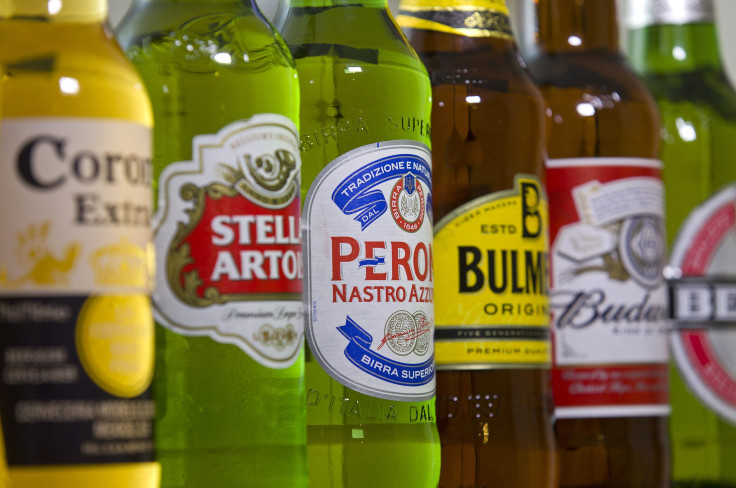AB InBev, SABMiller Marriage Comes Amid Shifting US Beer Habits; Brewers Eye Africa For Future Growth

Anheuser-Busch InBev's pending takeover of SABMiller creates a continent-spanning beer kingdom on which the sun will never set. But the corporate pairing of the beer world's No. 1 and No. 2 takes place at a time when established brewing companies face serious challenges.
In the developed world, tastes are changing. The days of selling rounds and rounds of Budweiser to Americans and pint after pint of Boddingtons to Britons are over. For the first time in three decades, beer consumption in non-emerging-market countries is expected to decline. Meanwhile, craft beers and wines are siphoning sales, sending big beer producers to look for growth in unestablished markets.
“Beer sales [in the U.S.] are going to be about flat this year,” said Bart Watson, chief economist at the Brewers Association, a Colorado-based trade group. “But one thing to keep in mind is, there are big risers and big fallers in the U.S. numbers. We’re seeing craft beer is in the high double digits of growth and Mexican imports up sharply.”
AB InBev’s acquisition of SABMiller has a lot to do with flagging U.S. sales. The Belgium-based maker of Budweiser, Stella Artois and Beck’s saw a 6 percent drop in U.S. sales to its wholesalers in the first three months of 2015 and now sells more Budweiser outside of the U.S. than inside. Sales in Brazil, the world’s second-largest beer market by profit, were flat.
With the deal, AB InBev is placing a bet on emerging-markets expansion. After the companies spin off or dissolve certain ventures to appease antitrust regulators, the $104.2 billion deal will be the fourth-largest acquisition on record and the largest of any company outside of the telecommunications industry, according to Dealogic.
“Growth for mainstream beer players is now about a strong presence in emerging markets, where there is still a huge -- and growing -- demand for more mainstream, affordably priced beer brands,” wrote Jonny Forsyth, global drinks analyst at market research firm Mintel.
Forsyth points out that Africa is a major focus for future expansion. SABMiller’s largest presence is in Africa, where the maker of Peroni, Pilsner Urquell and Grolsch is present in about 37 countries on the continent.
Meanwhile, in the U.S., the beer market's annual growth has declined between 1 and 2 percent a year from 2009 to 2013, according to financial information provider S&P Capital IQ. Young Americans' drinking habits are shifting. A report from Gallup showed that the percentage of Americans under 29 drinking beer fell from 71 percent in the early 90s to about 41 percent in 2012 and 2013. At the same time, wine consumption increased from 14 percent to 24 percent, and liquor consumption jumped from 13 percent to 28 percent.
U.S. beer drinkers have caught up with their counterparts in Europe, where consumers have a longer history with boutique and smaller craft beer producers. Today more than one in five American beer drinkers consume craft beers, the same level as Germany, according to Mintel.
© Copyright IBTimes 2024. All rights reserved.












